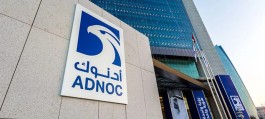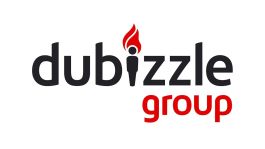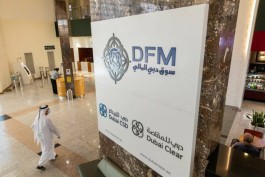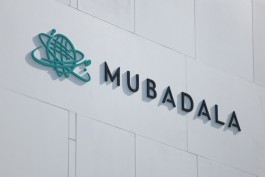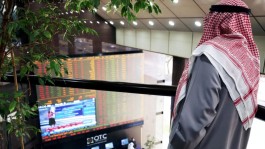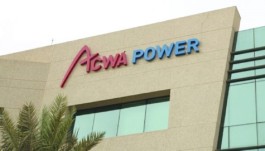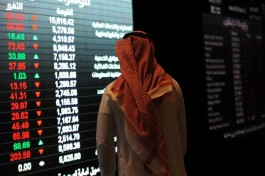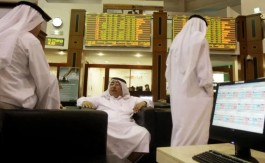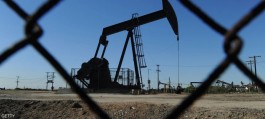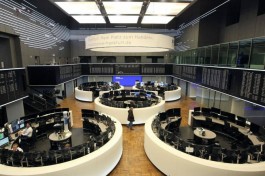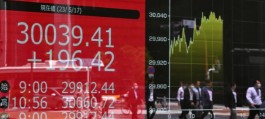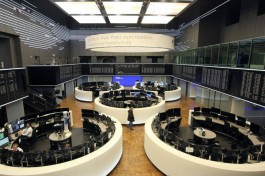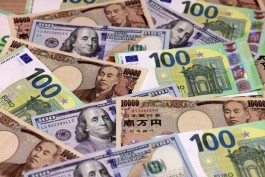Central banks in the Gulf caught up with the US Federal Reserve in raising interest rates by a quarter of a percentage point.
Countries in the region managed to contain price pressures relatively compared to the United States, which saw inflation rise by 6% last month. But since there is little room for maneuver due to the policy of pegging the currencies of their countries (other than Kuwait) to the dollar, monetary policy makers in the Gulf tend to move in step with the decisions of the US Central Bank.
And the Central Bank of Saudi Arabia decided to raise the rate of the repo repo agreement by 25 basis points to 5.50%, and to raise the rate of the reverse repo agreement by 25 basis points to 5%.
The UAE Central Bank also raised the base rate on overnight deposit facilities by 25 basis points, to 4.90%.
In a statement issued on Thursday morning, the Central Bank of Oman said that it had decided to increase the interest rate on repurchase operations for local banks by the same amount as the increase approved by the US Federal Reserve, which is 25 basis points, to 5.50%. The bank stated that this comes in line with the monetary policy of the Central Bank of Oman, which aims to maintain the fixed exchange rate system for the Omani riyal and with the structure and nature of the Omani economy. Capital out and enhance confidence among investors by removing the risk of exchange rate fluctuations. The bank urged licensed banks not to increase the cost of lending to consumers given the abundance of liquidity in the banking system, according to the statement.
In turn, the Central Bank of Bahrain announced an increase in the overnight deposit rate by 25 basis points, and said that the one-week deposit rate rose to 5.75% from 5.5%, while the overnight deposit rate rose to 5.5% from 5.25%. He added that the interest rate on one-month deposit rose to 6.5% from 6.25%.
The Qatar Central Bank was the first to announce an interest increase following the Fed’s decision by a quarter of a percentage point, to record the interest rate on deposits and lending, 5.25%, and 5.75%, respectively, while the repurchase rate reached 5.50%.
The US Federal Reserve on Wednesday raised interest rates by 25 basis points, the same increase it made at the beginning of February, after raising rates by 50 basis points in December following four consecutive 75-point increases, now bringing the benchmark interest rate into a range. From 4.75% to 5%, which is the highest level since 2007, that is, before the global financial crisis.

